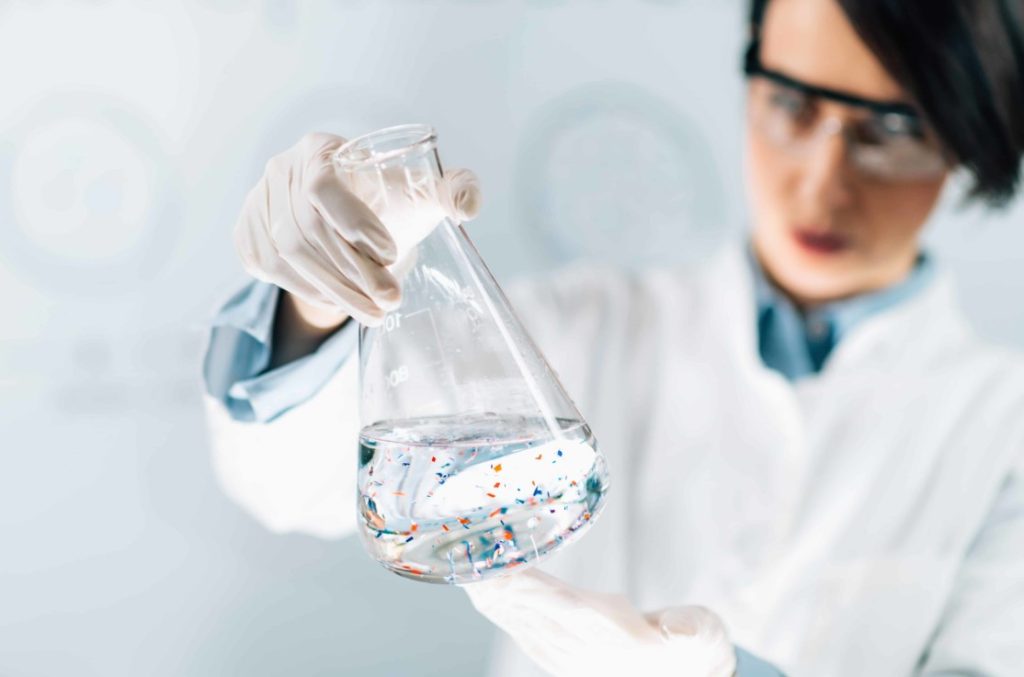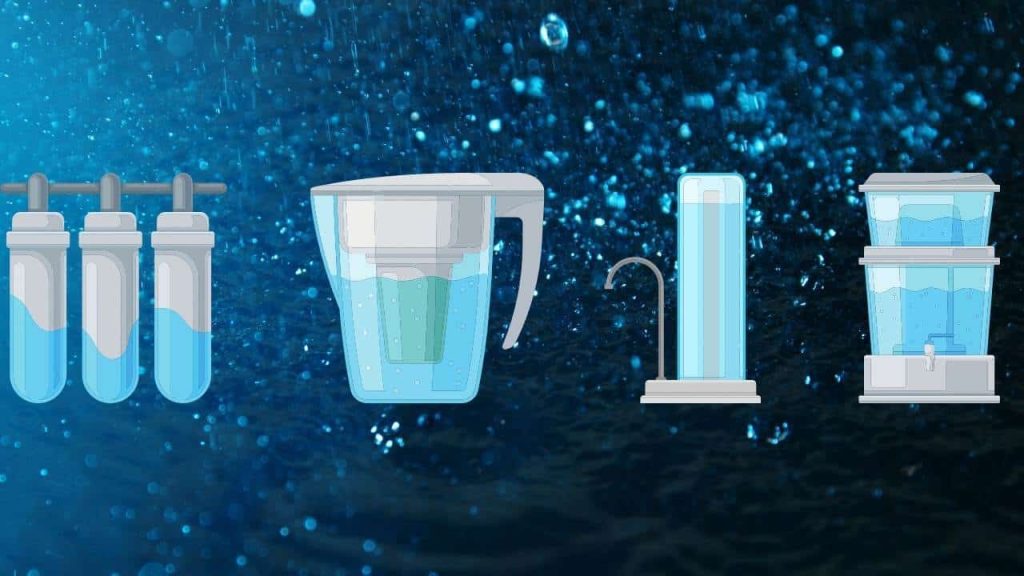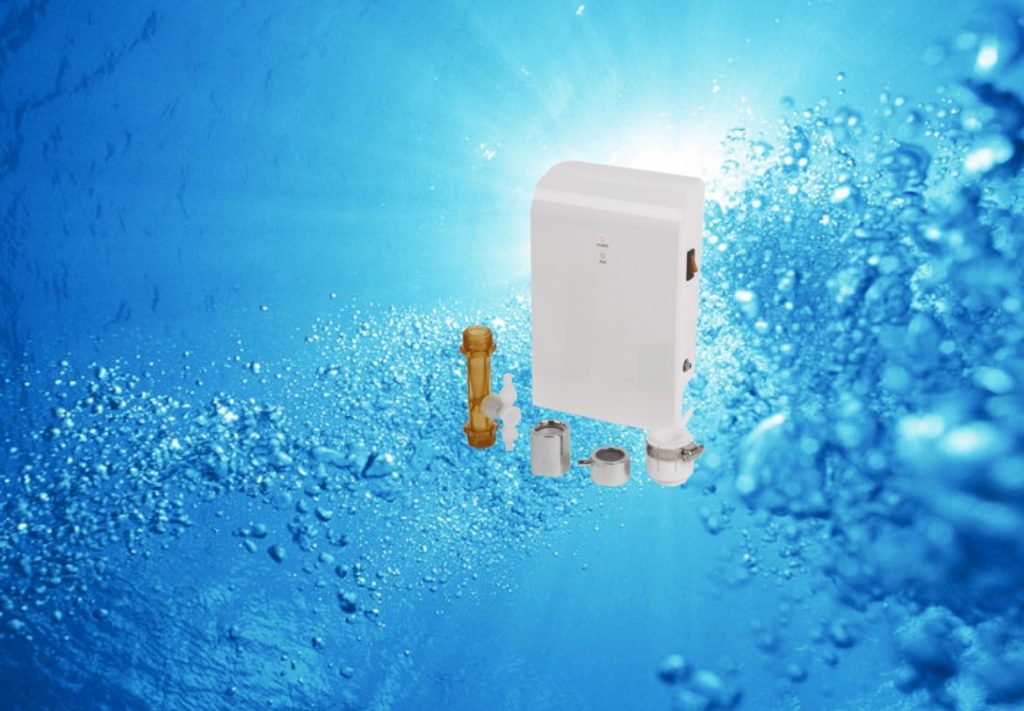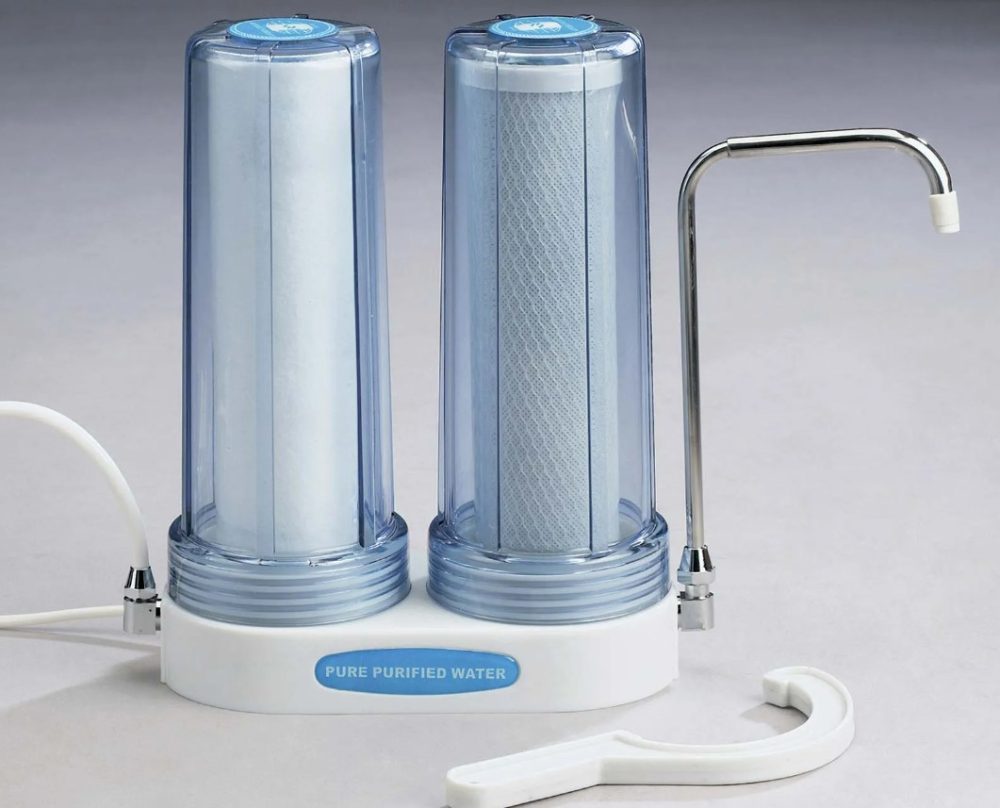The water filtration system removes impurities and eliminates pesticides, aluminum, lead, chlorine, and other toxic substances from the water.
Having a water filtration system at home can help us take care of the environment and ensure quality water for the whole family. The water filtration system also saves the costs – financial and environmental – involved in purchasing plastic water bottles. Plus, it’s a lot less work than replacing and carrying water bottles home periodically.
Interest in water filtration systems is growing, not just for health and hygiene reasons, but because people are increasingly aware of the effects of pollutants and toxic substances that water can contain. In addition, concern about environmental problems has increased.
As a result, the choice of water we consume can impact climate change and plastic pollution in the oceans. A study conducted by the organization Orb Media found that microplastics were present in 83% of all tap water samples collected in hundreds of homes worldwide.

Source: aurigaresearch.com
Some water filtration systems are able to eliminate harmful particles with the use of different neutralizing agents, such as activated carbon or ultraviolet light. The water filter also allows us to know the origin of the water we consume and what kind of treatment it has received. With the right filter, tap water can be the healthiest – and tastiest – alternative! – to quench thirst and maintain hydration. Click here to choose the best water filtration system for your home.
However, it is important to check the options that exist on the market and choose the one that is most suitable for you. There are a wide variety of water filtration systems available, including purifiers, which sometimes require electrical power to function.
The difference between filtering and purifying
Water that comes from natural sources is not entirely pure and may contain elements inherent to the source, such as salts, minerals, organic matter, and others. The purification process seeks to eliminate from the water all these “undesirable” elements, which may not be good for health.
Most purification systems use activated carbon to absorb particulate pollutants. Purifiers that use ultraviolet light are also responsible for eliminating microorganisms.
The water filtration system process uses a filter element to trap solid particles from the water. The two most common systems are sediment filters and membrane filters. Both are often combined.
The main difference between these two methods is that while purification removes natural or added elements from the water, filtration only focuses on sediment or solid impurities. Both can be used to improve water quality at home.
Types of water filters

Source: homewaterresearch.com
Clay filter
The clay water filter is featured in this selection for having the best cost-benefit! It keeps the water fresh at all times and eliminates pesticides, aluminum, lead, chlorine, and other toxic substances, as well as retaining solid particles. The proper functioning of the clay filter depends on proper maintenance and hygiene, and the candles must be changed regularly.
The water filtration system is done by gravity, through a ceramic candle with activated carbon and silver nitrate. However, the clay filter is a less harmful option to the environment than plastic filters, but it is important to remember that it is a product that is difficult to recycle, as it is composed of ceramic.
Soma water filter
The Soma filter is an innovative product that can alleviate the problem of plastic waste. Soma looks like a coffee filter, but is actually a 100% compostable, organic water filter!
The Soma filter, however, is made from a plastic compound known as PLA, which is produced from certain foods, such as coconut husk. This filter removes chlorine, heavy metals, and other contaminants that tap water contains, as well as leaves it refreshing.
Reverse osmosis filter

Source: realtor.com
It is a type of water filter that does not require large investments and is one of the most used because of its ease of installation. It is usually installed under the sink so that the water that comes out of the pipes reaches the kitchen faucet already purified.
Ultraviolet light water filter
This filtration system uses ultraviolet light to remove microorganisms and unwanted particles from the water. The rays neutralize the bacteria and make the water drinkable. Although the use of this water filter is common, it is not one of the most recommended, as it does not eliminate solid particles.
Carbon water filter
It is the most recommended type of water filter in homes, as it removes bacteria, solid particles, and other substances harmful to health. Charcoal, when activated, starts a purification process that breaks down dirt-causing particles in the water.
Purifying filter
The purifying filter is coupled to the home’s plumbing. The filter element retains impurities and eliminates chlorine odors and chemical residues. This water filter has an internal pump that increases the water pressure and forces it out through the filter element. There are several models of purifying filters, which are suitable for places where water treatment is not so adequate.

Source: elavoland.com.au
Ozonator water filter
The ozonator water filter purifies water from ozone gas, which fights bacteria, viruses, amoebas, protozoa, algae, fungi, and microorganisms. The minimum contact time between gas and water in this filtration method is 10 to 15 minutes. After the filtering process, it is necessary to wait about 10 minutes to consume the water.
Central water filter
The central filter must be connected to the water meter and installed at the water inlet of the house or apartment. This filtration method requires that all the water in the house – shower, faucet, and washing machines – is filtered. It keeps the water tank clean for longer and also retains bacteria, iodine, and algae. The price of the central water filter is usually higher compared to other options.
“Live” water filter
While water filters are great, they clog over time, lowering your filtration rate. According to research, a solution to the problem may lie in the use of “live filtration membranes”. A group of scientists fermented a mixture of sugar, black tea, white distilled vinegar, and water.























